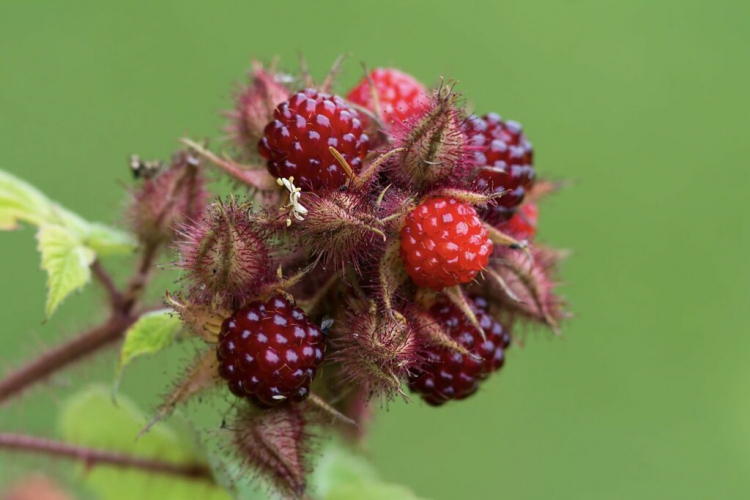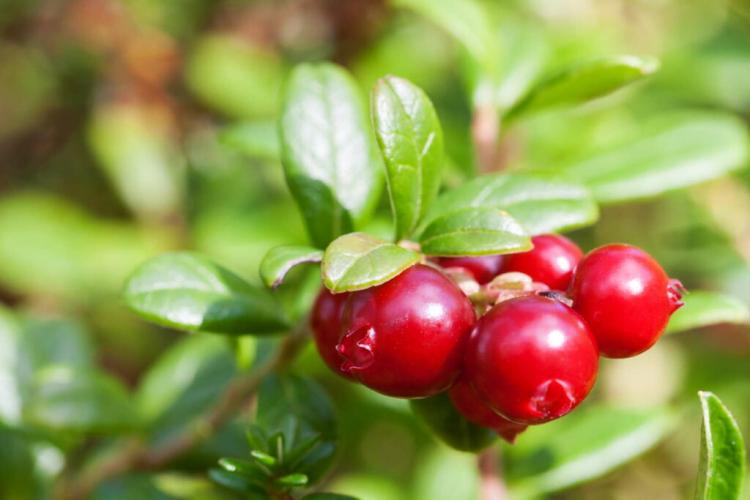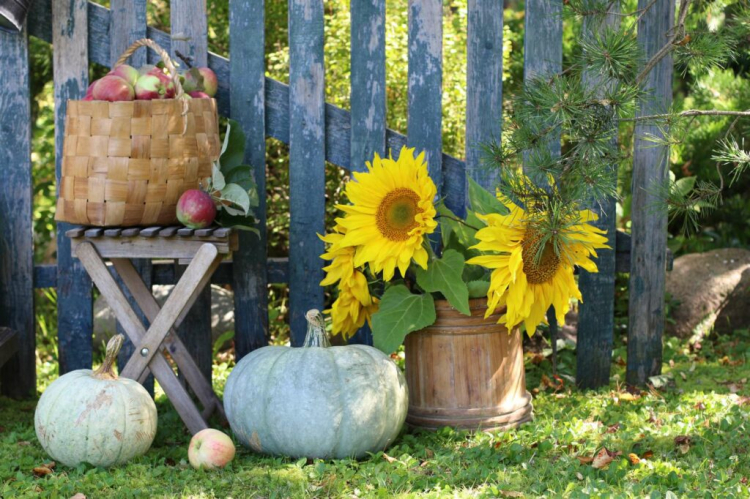Garden Sage Varieties: Aromatic, Hardy Or As An Ornament
When one speaks of sage, one usually means the popular garden sage (also called spice sage). In our overview, we present the best garden sage varieties.
In addition to the numerous types of sage, most of the varieties of garden sage ( Salvia officinalis ) can be found in the local gardens. The variety ranges from vigorous to compact, from single-colored to multi-colored, to varieties that do not bloom at all.
Is garden sage hardy?
Before you rush to buy a sage, you should inform yourself in advance about the respective variety of properties. Sage can be planted quickly, but many of the varieties offered in the garden center are just as quickly wiped out during a severe winter. Some of the goods on offer come from wholesalers in France, Italy, or Spain. Garden sage varieties that cannot tolerate the climate here are also cultivated there.
Be careful with the multi-colored varieties such as ‘Tricolor’ or ‘Purpurascens’. The disappointment is great when the beautifully grown plant does not survive the winter. That is why we should cultivate multi-colored sage in the tub and overwinter it. In wine-growing regions, these varieties can also be planted in a protected area. Protection with brushwood or fleece is still necessary.
Garden sage varieties for the kitchen
Actually, all types of garden sage are suitable for cooking. However, if you want the most intense aroma possible, the ‘Extrakta’ variety is particularly good. The ‘Berggarten’ and ‘Windeck’ spiced sage varieties are very broad-leaved and save a lot of work and time when preparing food. If you want to use sage for smoking, you can use very aromatic and slightly resinous varieties such as ‘Extrakta’ or ‘Nazareth’.
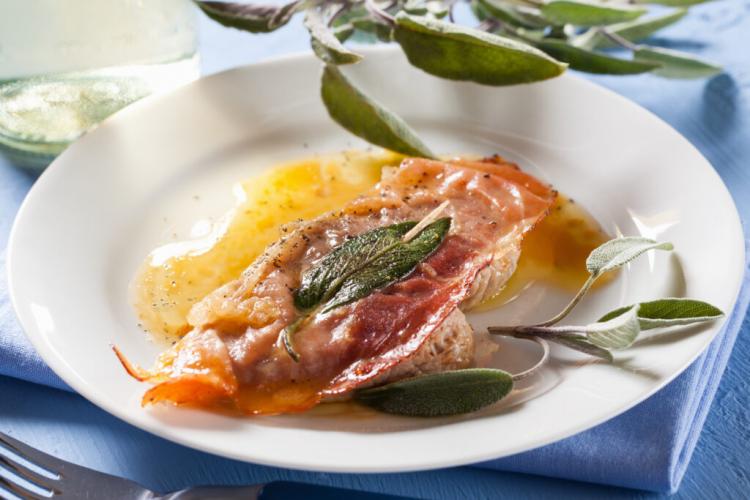
Many varieties of sage are suitable for use in the kitchen.
The best garden sage varieties
The following overview is intended to give an introductory insight into the respective suitability of the variety of spicy sage:
Compact growing garden sage:
- Alba: White flowering sage variety with a fairly compact habit; also well suited for keeping pots; intense, pleasant aroma; slightly bitter.
- Berggarten: the variety of sage with large, broad leaves; therefore ideally suited for the preparation of saltimbocca or similar; very good aroma; quite compact growth.
- Nana Alba: Like Nana, only with white flowers; pleasant aroma; well suited for cultivation in pots.
- Nana: As the name suggests: very compact variety with small, narrow leaves; ideal for culture on the balcony.
Normal to the vigorous garden sage:
- Crispa: Sage variety with a very special look: the leaves are quite broad, fluffy and clearly curled at the edges; very good aroma.
- Extrakta: cultivation with a very high content of essential oils; particularly intense in taste and also suitable for smoking; Since you only need a few leaves for seasoning, one plant in the garden is usually sufficient.
- Nazareth: Very downy and silvery variety from Israel; Leaves are elongated, narrow; very good, intense aroma.
- Non-Flower: If you don’t grow sage as an ornamental plant, but only to harvest the leaves, you should use this variety. This does not form flowers and can put all of its energy into the formation of shoots and leaves. Flavorful, aromatic, and very good.
- Rosea: Particularly beautiful, pink flowering variety; leaves that are quite small for a cultivar, but with a sweetish aroma.
- Windeck: Leaves similar in size and good aroma to Berggarten, but more vigorous; rather unsuitable for a culture in a pot; but the very good aroma and ideal leaf size for processing in the kitchen (saltimbocca, etc.).
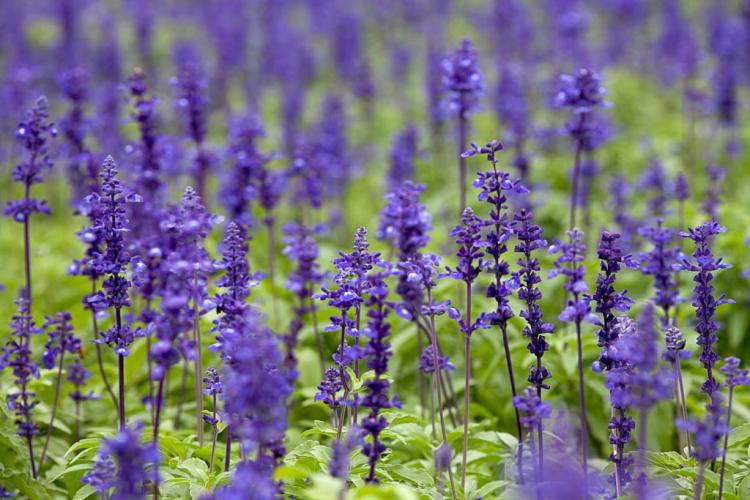
Signature purple sage flower
Garden sage with variegated leaves:
- Creme de la creme: the variety of sage with a creamy white varnish, especially on the edges of the leaves; two-tone: cream white – green.
- Aurea : well-known variety of sage, which is also often referred to as golden sage; golden yellow to green-yellow variegated leaves; good taste.
- Purpurascens: leaves of the higher-lying and younger shoots are purple in color; later these become greyish-green; beautiful appearance, good taste, but similar to the Tricolor variety, only partially hardy.
- Tricolor: variety with a particularly beautiful leaf look: the leaves are variegated white-green, with the leaves of the higher-lying shoots turning purple to pink. Requires a very well-protected location in the USA as it is less tolerant of frost than other varieties.
You might so like:


